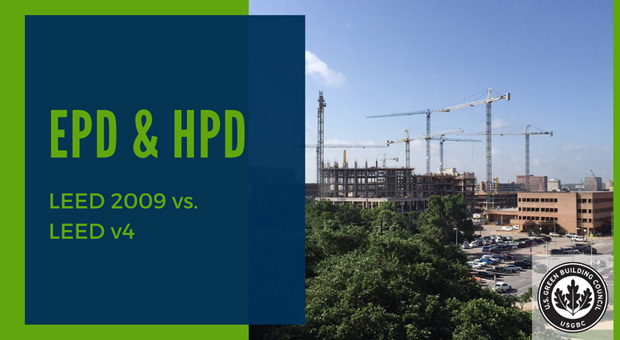We have all heard the idea of “going green” and “sustainability”. It’s in the news headlines, it’s on the products we buy, it’s in our everyday activities, and it’s clearly not going away. LaForce is always trying to evolve with the constant changes and expectations…and there are big changes in the Leadership in Energy and Environmental Design (LEED) program.
There are currently two versions of the LEED program being used by building owners: LEED 2009 and LEED v4. The certification levels and points are the same for both versions of LEED. Points are earned by processes used and product selections from the design phase of a building to occupancy to reporting after completion and use.
Certified = 40 to 49 points
Silver = 50 to 59 points
Gold = 60 to 79 points
Platinum = 80 to 110 points
However, there are differences between the two ratings systems. Below, we focus on which sustainable criteria wood doors relate to within the LEED rating system, the credits associated with the criteria, and the differences between the credits in the LEED rating systems. LaForce has developed a series of blogs on this. Our final blog will focus purely on the LEED v4 rating system and two new credits involved. These being the Environmental Product Declaration and the Health Product Declaration. Both of these are specific to LEED v4 and important for a project to earn points under this system.
Environmental Product Declaration (EPD)
This is found under a new credit within the LEED v4 rating system called Building Product Disclosure and Optimization – Environmental Product Declarations, Option 1. An EPD is a document obtained from the vendor that explains the environmental impacts of the product. Projects can earn one point when there are EDPs for at least 20 different permanently installed products from at least five different manufacturers.
Health Product Declaration (HPD)
Like EPDs, LEED v4 also only applies here and is found under a new credit called Building Product Disclosure and Optimization – Material Ingredients, Option 1. An HPD is a document obtained from the vendor that reports the product ingredients and their associated health hazards. The chemical inventory of the product on the HPD must be at least 0.1% for it to comply. Companies can receive one point where there are HPDs for at least 20 different permanently installed products from at least five different manufacturers.
Sustainability has to start somewhere, and LEED is a good option. As you can see, there are a variety of differences between the two rating systems, with LEED v4 having more stringent requirements. LaForce is a leading provider in commercial doors, hardware, and much more, thus we are well-versed in helping you meet all your goals when it comes to sustainability!
Contact LaForce for more information on how we can help your building go green!
Thank you to Laura Waterman, Manager of Administrative Support and LEED Certified, for providing her expertise for this blog.



Follow Us